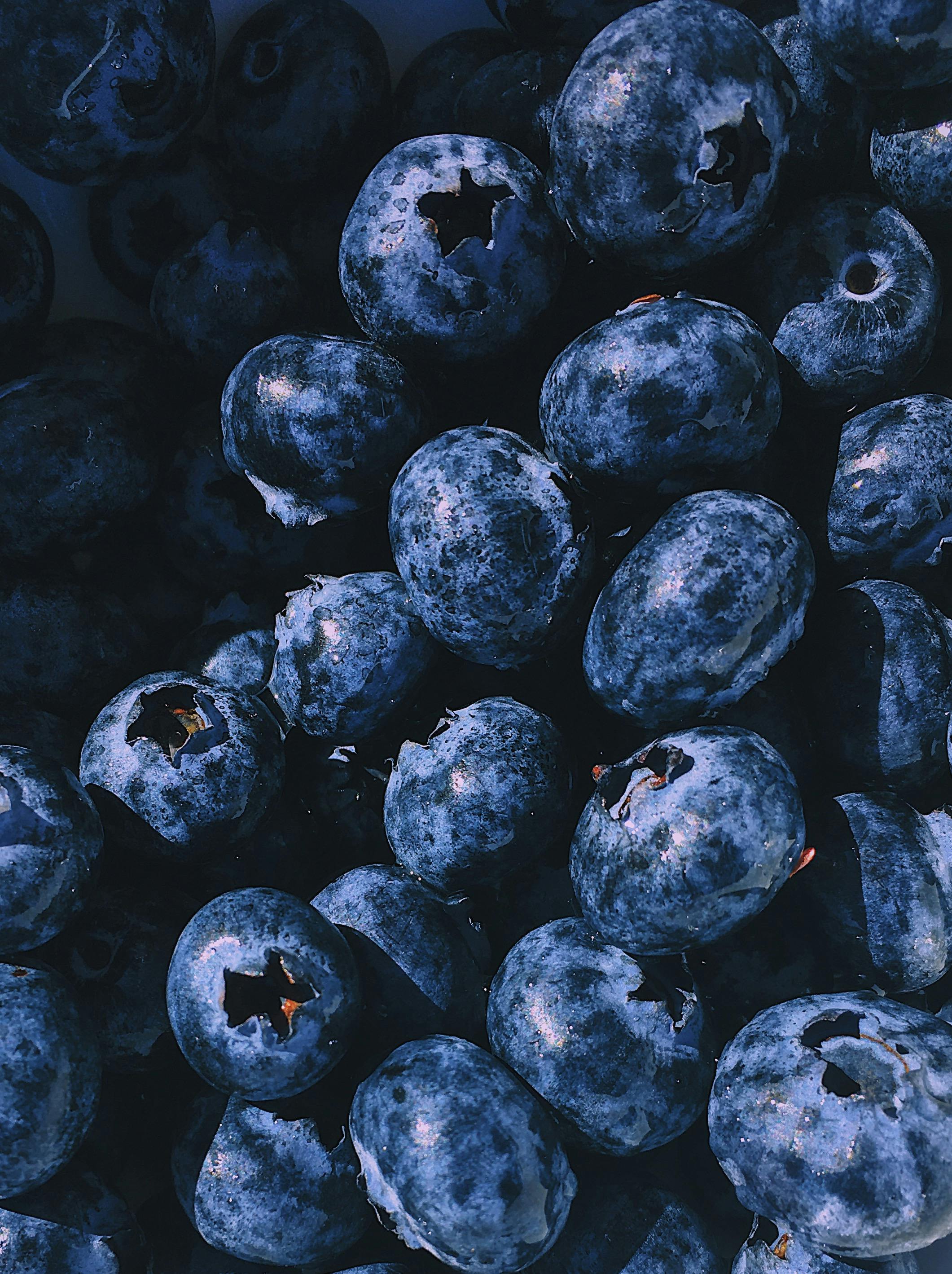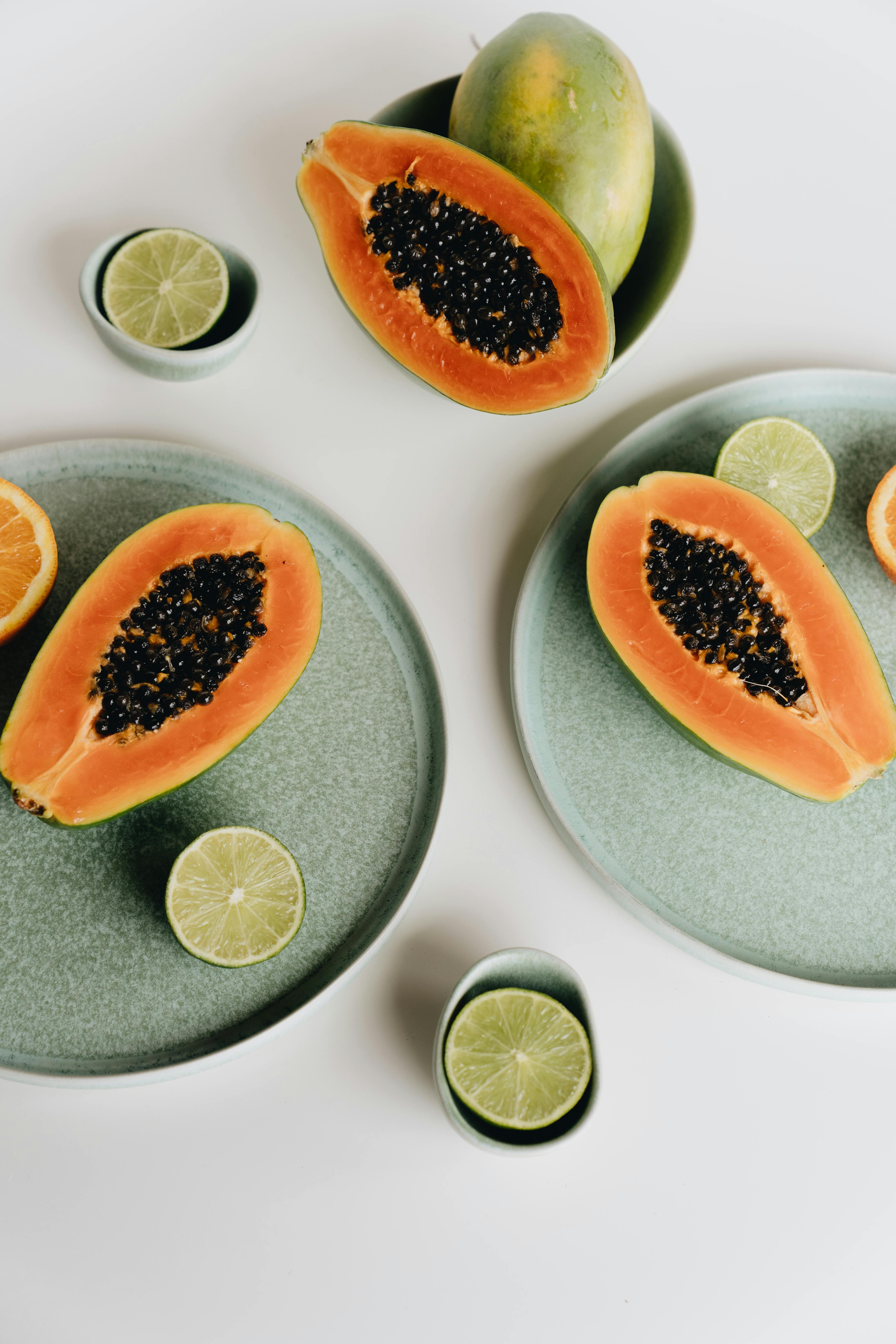Top 5 Creative Ways to Make Cow in Little Alchemy 2

Top 5 Creative Ways to Make Cow in Little Alchemy 2
In the enchanting world of Little Alchemy 2, players engage in a delightful journey of combining elements to discover new creations. Among the many creatures and items players can create, the cow stands out as a charming farm animal that has significant importance in both games and real-life agriculture. Understanding how to craft a cow not only enhances your gameplay but also teaches you more about the relationships between different elements in nature.
Cows are integral to numerous farming practices. They provide milk, meat, and other products that are staples in daily diets, illustrating the concept of sustainability in agriculture. This article will explore five creative methods to create a cow in Little Alchemy 2, while offering insights into the real-world significance of cows as livestock. Each method will involve combining various elements associated with agriculture, ensuring a coherent understanding of their practical relevance.
1. Combining Animal and Farm
The simplest method to create a cow in Little Alchemy 2 is by merging the animal element with farm. This combination symbolizes the role of various animals in agricultural settings, highlighting how farm animals are essential for food production systems and rural economies.
Cows are often seen grazing in pastures, contributing to ecosystem services through their grazing patterns, which help maintain healthy grasslands. This method not only allows players to create a cow but also illustrates key real-world concepts of animal husbandry and fattening techniques. Understanding this fosters an appreciation of dairy and beef production in sustainable farming practices.
2. Crafting Cow Using Milk and Grass
To create a cow, you can also combine milk with grass. This method reflects the natural diet of cows in their grazing habitats where they feed on grass and plants, contributing to their role in the livestock industry.
By creating a cow with this method, players learn the importance of nutrition in bovine health, which directly impacts milk quality and overall farm productivity. In real-life scenarios, understanding cows' diets helps farmers ensure optimal animal genetics and meet consumers' dietary needs while maintaining ethical farming practices.
3. Merging Udder and Calf
Another intriguing way to create a cow is by merging udder with calf. This combination emphasizes the reproductive aspects of cattle, where calves are essential for breeding programs aimed at enhancing livestock quality.
Cows’ udders are instrumental in dairy production, showcasing the significance of animal care standards in dairy farming. Players who use this method will gain insight into calf care, breeding practices, and the importance of maintaining a healthy and productive herd.
4. Combining Herd and Pasture
Creating a cow by merging the herd and pasture elements reinforces the idea of cattle being part of larger ecosystems. Cows thrive in herds, and their collective behavior contributes to effective grazing land management.
This method highlights the importance of pasture improvement, rotation practices, and maintaining healthy grazing patterns. Understanding these elements is vital for sustainable agriculture, ensuring the environmental impact is minimized while maximizing beef quality and dairy production.
5. Linking Ranch and Manure
Lastly, players can create a cow by combining ranch with manure. This combination illustrates the relationship between livestock management and agricultural practices.
Manure is a crucial resource for maintaining soil health, enhancing nutrient density in pastures, and promoting organic farming techniques. By exploring this method, players can better understand the holistic management of livestock, showcasing the environmental responsibilities that come with farming.

Conclusion
The creative world of Little Alchemy 2 not only entertains but also educates players on the relationships between different elements and their significance in real-world contexts. By utilizing the five methods outlined above, you can successfully create a cow and deepen your understanding of agricultural practices, animal care, and sustainability.
Cows play a pivotal role in our food systems, contributing to dairy products, beef production, and overall livestock management. Learning about their importance helps foster an appreciation for farming and the complexities involved in caring for these vital creatures.
